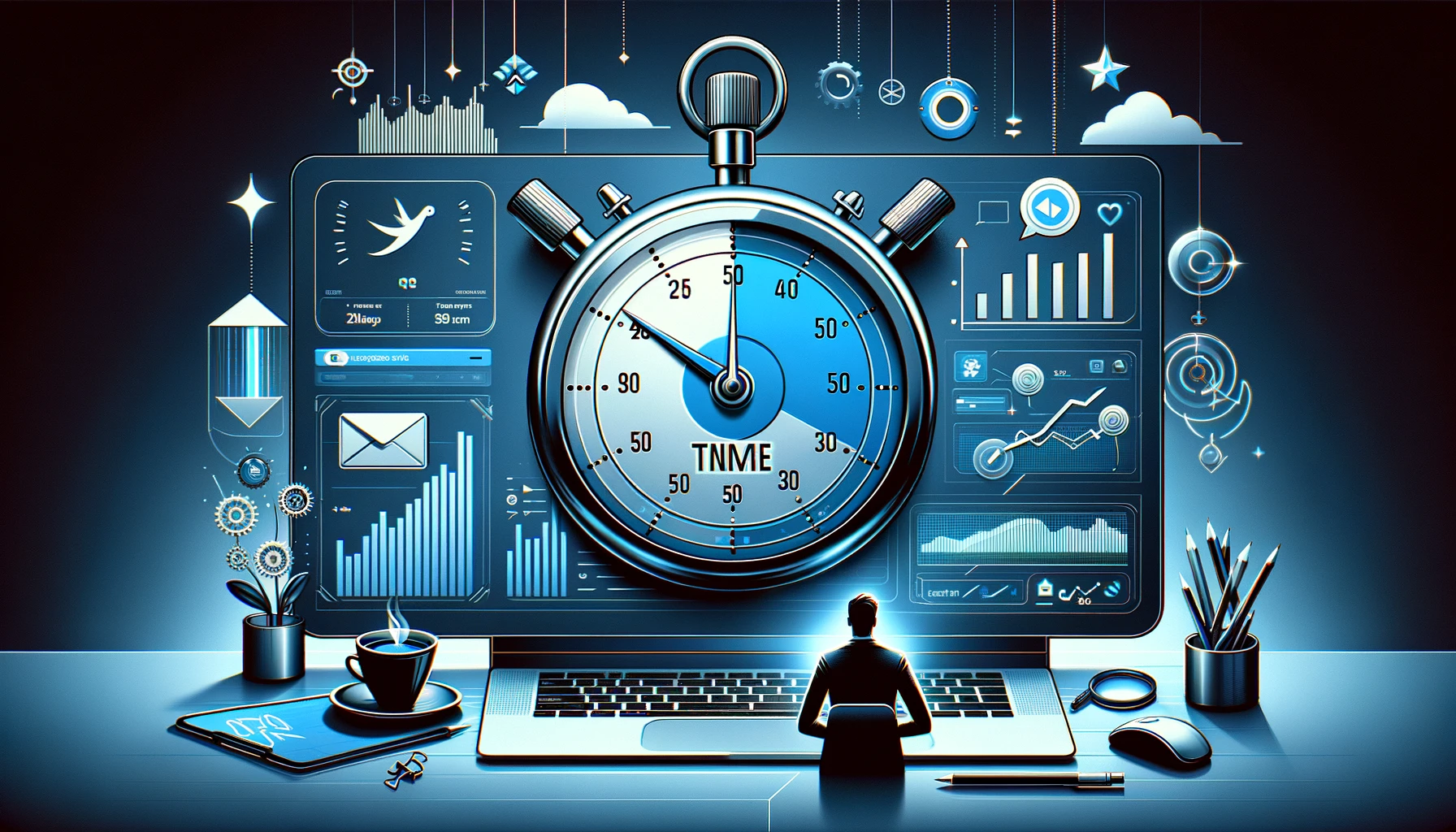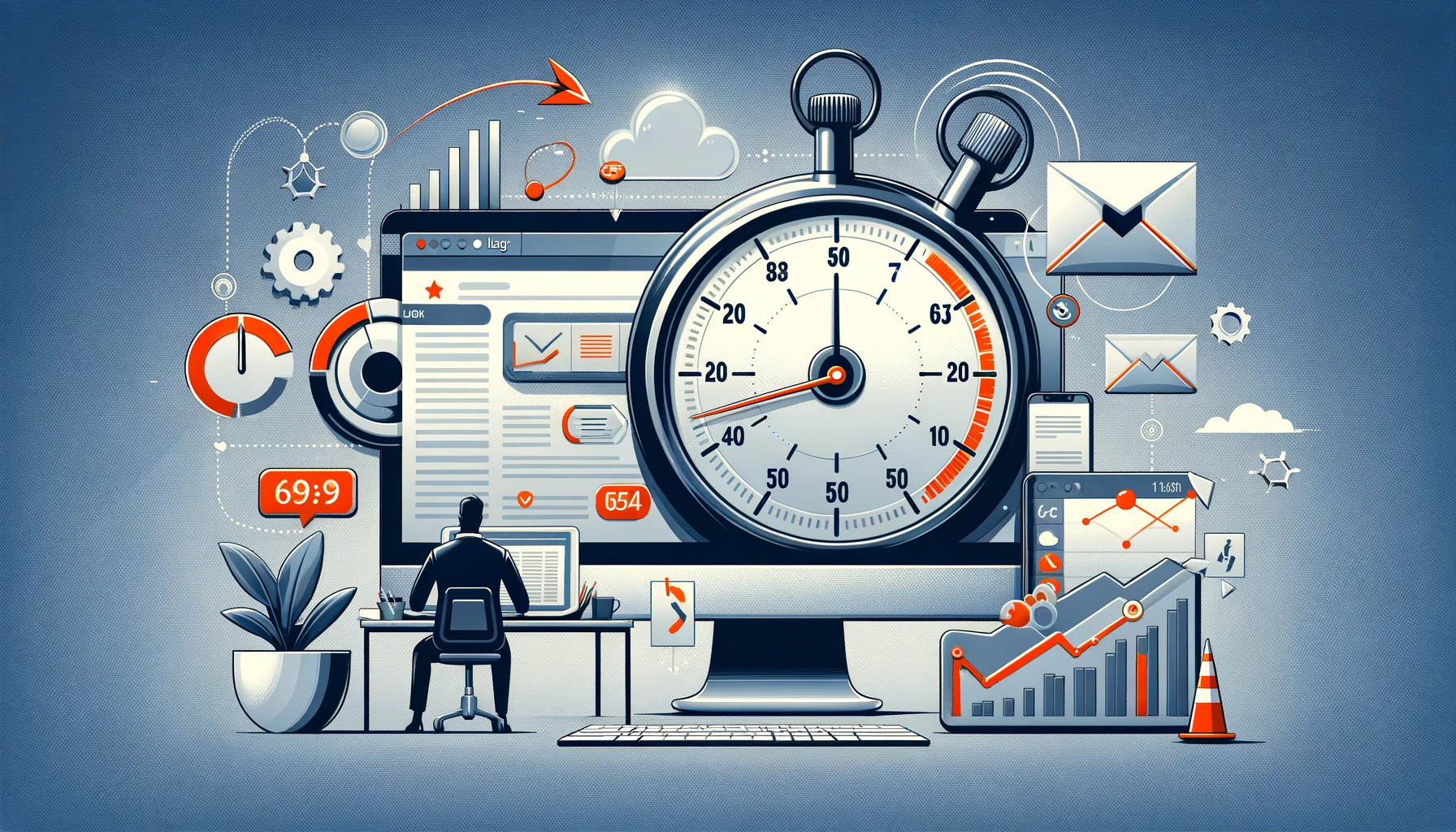Strategies to Optimize Your Time Spent on Email
Understanding Your Current Email Habits
Assessing Your Time Spent on Email
To assess your time spent on email, track how much of your workday is dedicated to managing your inbox. Tools and apps that monitor time usage can provide insights into the average time you spend. Understanding this can highlight the need for more efficient email management practices to enhance productivity.
Identifying Time-Wasting Email Practices
Common time-wasting email practices include constantly checking your inbox throughout the day, responding to every email immediately, and not utilizing folders or filters for organization. These habits disrupt your workflow and reduce overall efficiency. Identifying these practices is the first step towards adopting more effective email management techniques.
Analyzing the Impact of Excessive Email Checking
Excessive email checking can significantly interrupt your workday, leading to decreased productivity and increased stress. Studies, such as those by McKinsey, suggest that the average employee spends 28% of their workday on email, indicating a substantial impact on time that could be allocated to more critical tasks.
Effective Email Management Techniques
Organizing Your Inbox for Improved Efficiency
Organizing your inbox involves creating folders or labels for different types of emails, such as work emails, newsletters, and personal communication. Using filters to automatically sort incoming emails can streamline your workflow and help you focus on emails that require immediate attention, reducing the clutter in your main inbox.
Implementing Tools to Automate Email Tasks
Automation tools can handle repetitive email tasks, such as sorting emails into folders, sending canned responses to common inquiries, and unsubscribing from unwanted newsletters. Leveraging these tools within your email client can save a significant amount of time and help maintain a clean, organized inbox.
Setting Boundaries for Checking Emails
Setting specific times to check your email, such as once in the morning, once after lunch, and once before the end of the workday, can drastically improve productivity. Turning off notifications outside of these times helps minimize interruptions, allowing for more focused work periods. Establishing these boundaries is crucial for maintaining a healthy work-life balance and reducing stress associated with constant email checks.
By understanding and adjusting your current email habits, and implementing effective management techniques, you can significantly improve your productivity and efficiency. Organizing your inbox, utilizing automation tools, and setting boundaries for email checks are practical steps toward achieving better email management and reclaiming time for more important tasks.
Enhancing Productivity through Email Optimization
Minimizing Email Interruptions during Work
Minimizing email interruptions can significantly improve focus and productivity. Set specific times to check your email, ideally two to three times throughout the workday, and turn off notifications during periods of deep work. This practice helps you maintain concentration on tasks without the constant distraction of incoming emails.
Optimizing the Use of Email Filters and Folders
Using email filters and folders effectively can streamline inbox management and reduce time spent sorting through emails. Set up filters to automatically direct incoming emails into relevant folders, such as "Important," "Read Later," or specific project folders. This organization allows for quicker retrieval of needed emails and keeps the main inbox clutter-free.
Managing Email Notifications Effectively
To manage email notifications effectively, customize your email settings to only receive alerts for high-priority messages. Many email clients offer settings that allow you to prioritize emails from certain senders or with specific subject lines, reducing the frequency of interruptions from less important notifications.
Strategies to Reduce Time Spent on Unnecessary Emails
Unsubscribing from Irrelevant Newsletters and Notifications
Regularly review your subscriptions and unsubscribe from newsletters, notifications, and updates that no longer serve your interests or needs. This declutters your inbox and reduces the volume of emails you need to process daily, freeing up more time for important tasks.
Filtering Spam and Unwanted Emails Efficiently
Utilize your email client’s spam filters to their fullest potential by marking unwanted emails as spam. This not only keeps your inbox cleaner but also trains your email client to better recognize and filter out similar unwanted messages in the future, optimizing your email experience.
Utilizing Email Clients for Streamlined Communication
Choose an email client that offers features designed to enhance productivity, such as AI-powered sorting, collaboration tools for team emails, and integration with other work tools like calendars and task managers. These features can help you manage your inbox more effectively and spend less time on email overall.
By implementing these strategies, you can optimize your email usage, enhance productivity, and reduce the impact of email overload on your workday. Effective email management not only saves time but also contributes to a more organized, less stressful work environment.
Inagiffy: Your Ultimate Newsletter Marketing Partner
In today's crowded digital landscape, building genuine, lasting connections with your audience is more crucial than ever.
Enter Inagiffy – a premier newsletter marketing agency that understands the transformative power of well-crafted newsletters. We're not just about sending out emails; we're about curating stories, insights, and value that resonate deeply with your audience.
Our end-to-end solutions ensure that from ideation to delivery, every newsletter reflects your brand's essence and speaks directly to your audience's needs and aspirations. Let Inagiffy empower your brand, forging authentic relationships and driving engagement through the potent medium of newsletters.
Dive into the future of meaningful communication with us and watch your audience grow, engage, and thrive.
FAQs
How can I reduce my email time spent?
To reduce time spent on email, prioritize and batch process your emails at set times during the day, use filters and folders for organization, and unsubscribe from unnecessary newsletters. Leveraging email templates for common responses can also streamline your communication process, saving valuable time.
How has email improved over time?
Email has evolved significantly with advancements in technology, offering enhanced features like smart filters, AI-powered organization, integration with productivity tools, and improved security measures. These improvements have made email a more efficient and versatile communication tool, adapting to the needs of modern users.
How can I manage my time more efficiently email?
Manage your time more efficiently by setting specific blocks of time for checking and responding to emails, using email automation tools for routine tasks, and keeping your inbox organized with labels and filters. Prioritizing emails based on urgency and importance can also help focus your attention on what matters most.
How much time is spent per email?
The time spent per email can vary widely depending on the complexity of the message and the individual's efficiency. On average, it may take a few minutes to read and respond to a simple email, but more involved or detailed communications can take significantly longer. McKinsey Global Institute reports that the average worker spends 28% of their workweek managing email.


Comments
Your comment has been submitted successfully!